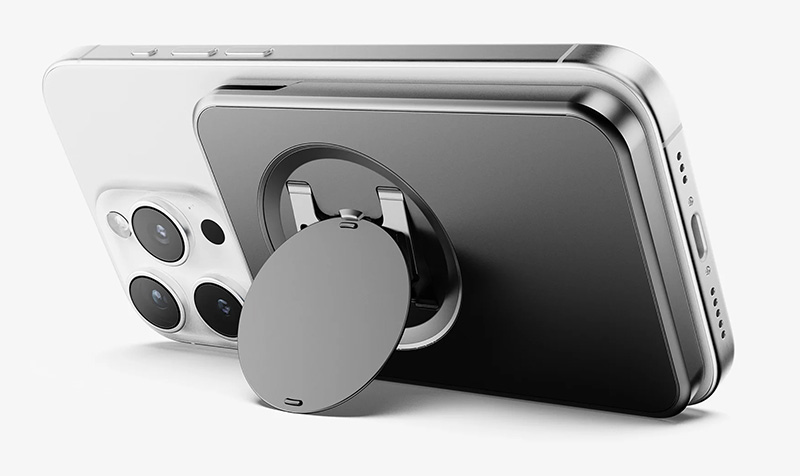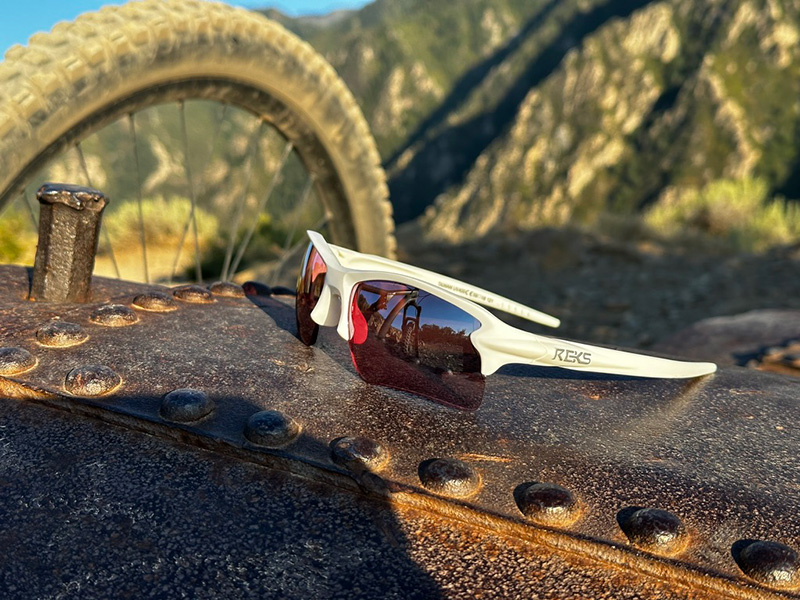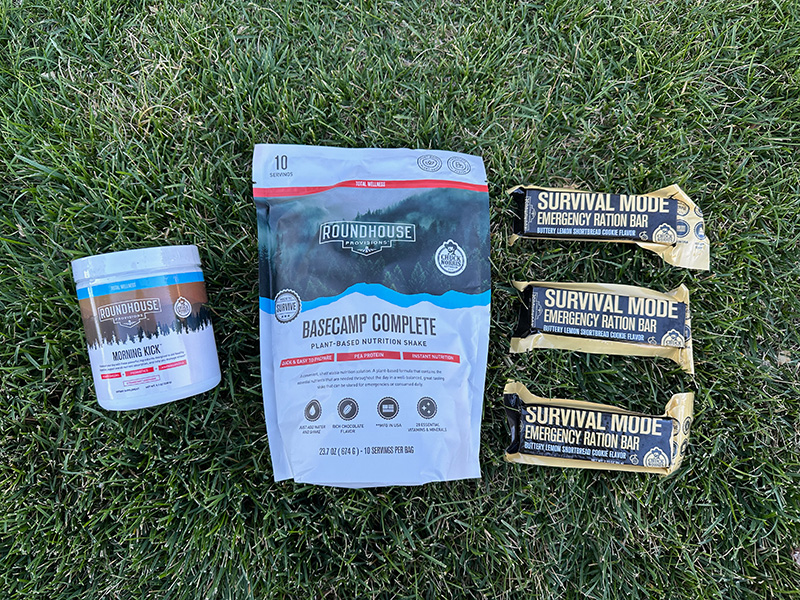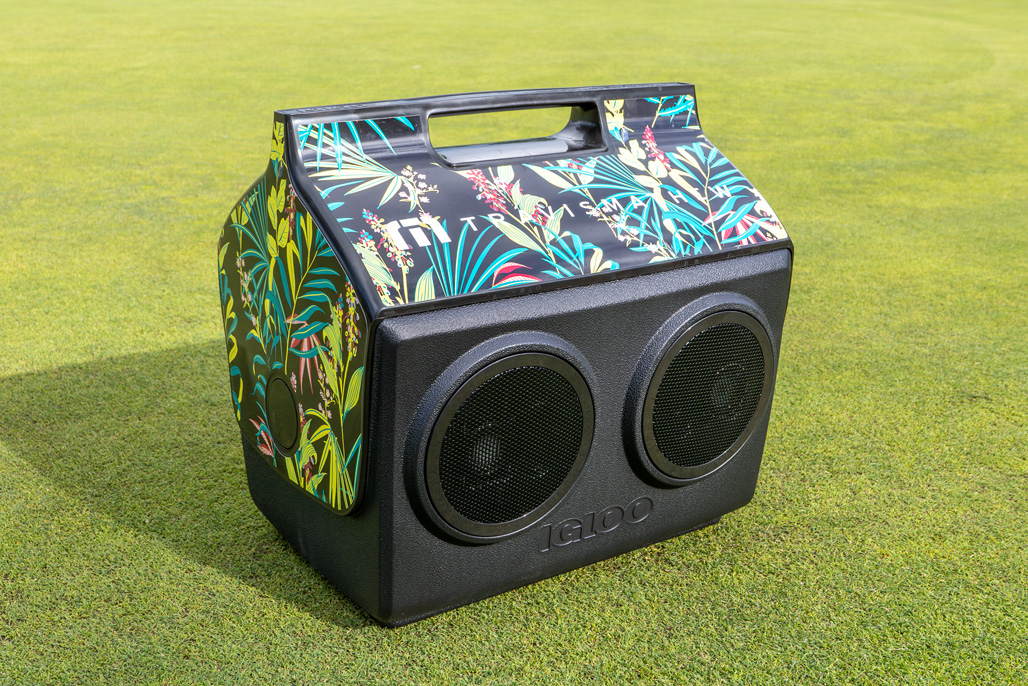Review: 2009 Titleist ProV1 Golf Ball
Categories: Golf Balls • Golf Equipment • Golf Gear • Reviews
Tags: Golf Balls • Golf Equipment • ProV1 • Titleist
 Assignment: Play the new 2009 Titleist Pro V1 golf ball and write about it. I think I can handle that, and it won’t suck.
Assignment: Play the new 2009 Titleist Pro V1 golf ball and write about it. I think I can handle that, and it won’t suck.
Technology
Like the 2009 ProV1x, which I reviewed in this article, the new Titleist ProV1 has had some changes under the hood. Actually many of the changes are outside the hood in the cover of the golf ball. Though they’ve been calling the cover “Urethane Elastomer” for some years now, it is definitely different than previous year’s models. Is it better or worse? We’ll see.
Three pieces/layers
The Pro V1 is a three piece/layer ball.
The first layer, in the center of the ball is called the core. The core is 1.55 inches in diameter and made of a material called Polybutadiene. Polybutadiene is a highly durable synthetic rubber commonly used for tires or coating electronic assemblies.
The core provides the general (soft) feel of this golf ball, as well as contributing to the distance the ball will travel.

Layer two is called the casing. The casing is .035 inches thick and made of Ionomer, a highly durable plastic/rubber.
The casing is what I’d call a “scoring” layer, providing spin and control on approach shots.
The third layer is the cover, the white part with the dimples. The cover is made of Urethane Elastomer and is .030 inches thick. The cover has five different types of dimples, of which there is a total of 392. The dimples are arranged in a “icosahedral” pattern.
The dimples provide lift and keep the ball in the air and flying as straight as possible.
The cover is also a “scoring” layer, providing spin and control. More of the short game spin and control is in the cover than in the casing.
How to identify the 2009 model Pro V1 versus older models
You’ve knocked your junk golf ball in the bushes and while searching for said junker, you’ve found a ProV1. Congratulations on the upgrade. But how do you know what model or year your new ProV1 is?
![]() Every time Titleist comes out with a new model they change the text or decoration around the “Pro V1.” The current model’s decoration can be seen in the image to the right.
Every time Titleist comes out with a new model they change the text or decoration around the “Pro V1.” The current model’s decoration can be seen in the image to the right.
The 2009 model: < . – Pro V1 – . >
The 2008 model: < – Pro V1 – >
What is different from the 2008 models of the Pro V1?
The major change to this year’s model is the cover. It feels more “rubbery.”
The new cover is more durable than the older model Pro V1’s. That being said, this is a performance ball with a very thin cover which still chews up.
The way this ball chews up is a bit different than previous models. Rather than shaving off parts of the cover completely, the grooves of the club can cut gashes into the surface. Most of the time these are hardly visible, but some crisp wedge shots with square grooves can do some major damage. That damage could be enough to effect the performance of the ball in flight or on the putting green.
 No more seam
No more seam
Another difference in the new model is the lack of a seam. In the “old days” we used to line up the seam on Pro V1’s and get more distance. I also liked to line the seam up and roll my putts with the line.
Staggered wave parting line (pictured right, accenting the wave) technology gets rid of the seam and covers more area of the ball with dimples. Dimples give the ball the proper “lift” and help the ball fly in the air better.
On the course
Distance
The first hole I played with the new ProV1 was at my airport course. That hole is 393 yards from the blue tees, the tees I was playing that day. I hit a very solid drive, which drew from the center to the left side of the fairway. The pin was in the back of the green and when I hit it with my laser rangefinder, I was 63 yards away! Wait a sec let me get out my calculator. Back pin means add 10 yards, so the hole was playing 403. I’m 63 yards out. 403-63=340. I just hit the ProV1 (regular flavor), the ball touted for spin and not necessarily distance, 340 yards? Wow.
Since that day I’ve confirmed the new ProV1 is noticeably longer than the old one for my swing. In fact it may be longer for me than the new ProV1x, which really shouldn’t be the case.
Feel
The feel of this ball is as good as it has ever been for my painful golfer’s elbow granny swing. The ball compresses well on the driver and feels great on iron shots. I really like the feel of full wedges from say 80-140 yards out and I don’t get super spin, which is good. The ball drops and doesn’t spin back too far.
Short game
Here’s where my confusion about the ProV1 and ProV1x gets deeper. I get less spin with this year’s model on short game shots than models past. The V1 is the “spin” ball and the V1x is the distance ball, right? But in short game situations, I get more spin with the X than I do with the regular flavor. Just to be clear, I’m not saying the regular flavor doesn’t spin. It has plenty of spin and control around the greens and I’m very confident with my short game and a ProV1 at greenside.
Putting
The ProV1 rolls great on the greens. I miss having a seam to line up, but I use their “AIM” technology to line up my putts. Really, is painting arrows on a golf ball “technology”??? I digress.
My distance control with the V1 is as good as any golf ball.
Critiques
Like my main critique was for the ProV1x, the cover of the ProV1 can have some gouging issues.
Wedges and shorter irons with clean (especially square) grooves can really carve up the surface of this ball. Some very crisp full wedges can slice it up enough for me to want to take it out of play for fear of missing putts or having directional issues in the air.
Conclusion
The new ProV1 is a great golf ball and I’m confident in its performance when I have it in play. At $58 a dozen I have to play them until I lose them so I deal with the occasional cover damage.
I wonder if Titleist got the ProV1 and ProV1x labels switched at the factory though. I get more spin with the V1x and more distance with the V1! Yet another mystery to my golf game.
Golf ball review: 2009 Titleist Pro V1x
Categories: Golf Balls • Golf Equipment • Golf Gear • Hackers • Reviews
Tags: Golf Balls • Golf Equipment • Pro V1x • Titleist
 Some reviews I really want to take my time and play a whole bunch of golf before I write them. This is the case with the new Titleist Pro V1x. I’ve played roughly my last 10 rounds or so with the new Pro V1x, enough rounds to experience the ups and downs of my normal game. For the last couple of weeks it has been ups, which doesn’t suck.
Some reviews I really want to take my time and play a whole bunch of golf before I write them. This is the case with the new Titleist Pro V1x. I’ve played roughly my last 10 rounds or so with the new Pro V1x, enough rounds to experience the ups and downs of my normal game. For the last couple of weeks it has been ups, which doesn’t suck.
Technology
The new ProV1x has had some changes under the hood. It is no secret that Titleist had to change the ProV1 series due to their losing a court battle with Callaway over the way the ball is made.
Four pieces/layers
The Pro V1x is a four piece/layer ball. The first layer, in the center of the ball is called the inner core. The inner core is 1″ in diameter and made of a material called Polybutadiene. Polybutadiene is a highly durable synthetic rubber commonly used for tires or coating electronic assemblies.
The 2nd layer is the outer core. The outer core is 1.55″ in diameter and also made of Polybutadiene.



Layer three is called the casing. The casing is .035″ of ionomer, a highly durable plastic/rubber.
The fourth layer (are we done with layers yet?) is a urethane elastomer, .03″ thick.
Why all the layers? What do they do?
HOG lab: New ProV1x and Rife IBF Tour Aussie
Categories: Golf Balls • Golf Clubs • Golf Equipment • Golf Gear • Site News
Tags: Golf Equipment • ProV1x • Rife Putters • Titleist
Finally the snow has melted and I can get back to doing one thing I love to do, GOLF! Now that my golf schedule is up and running (unless it snows again), I’ve got two new pieces of gear I’m currently working on upcoming reviews.
 New ProV1x
New ProV1x
I’ve played a couple of rounds now with the new Titleist ProV1x. My first round was in Orlando in January, when I was pretty rusty. My 2nd was a couple of days ago when I played solid yet still had my clock cleaned by my pals. So far I like the new ProV1x a lot. It isn’t as hard as previous models so my granny 100mph swing can compress it. The ball’s surface is definitely different than previous models. More to come.
 Rife IBF Tour Aussie Black Putter
Rife IBF Tour Aussie Black Putter
My pals at Rife Putters have been very cool to sponsor this year’s HOG Space Fantasy league with a putter as a prize. I’ve got two Rife putters in my review queue, the first being the very nice IBF Tour Aussie Black. I played my first round with this one a couple of days ago and when I made the right adjustments in my stance and stroke, I started dropping bombs from all over the place. Stay tuned.
Axis 1 Putter Review
Categories: Golf Clubs • Golf Equipment • Golf Gear • Hackers • Reviews
Tags: Golf Equipment • putter
 I get many odd golf equipment submissions for review. Many of these submissions may have new designs or technologies, but their true usefulness isn’t all that great. When I initially opened the box with the Axis 1 Putter inside, I thought I’d received yet another not-so-useful piece of gear. I was wrong.
I get many odd golf equipment submissions for review. Many of these submissions may have new designs or technologies, but their true usefulness isn’t all that great. When I initially opened the box with the Axis 1 Putter inside, I thought I’d received yet another not-so-useful piece of gear. I was wrong.
Axis 1 Overview
The Axis 1 Putter is obviously a departure from normal putter design. The Axis putter is precisely designed to put the absolute center of the club’s weighting on the sweet spot. This is done primarily by moving the weight of the putter’s heel forward of the club face.
When I pick up any new putter the first thing I do is see if the putter “wants” to stay square to the target line. My moderately unscientific way of determining that is to place the putter in my address position, then lighten my grip so that the putter head is free to move. I support the shaft just enough to keep it from falling to the ground.
If the putter head moves off line then I know the “default” position the putter wants to be in is not square. If the putter head stays square when I loosen my grip, then the putter wants to be square. I figure if I’m putting and off a little with my stroke, a putter which tends to stay square will help during those times.
The Axis 1 wants to be square.
 True Balance
True Balance
I was just messing around with the Axis and discovered something I’ve never noticed on any other putter. Sometimes you’ll spin the a club in your hands for fun when you are bored. If you do that with any standard putter, it becomes very obvious that the balance of the putter is off center. When you spin it, the putter throws its weight from side to side and the whole club shakes back and forth.
When I spin the Axis 1 putter in my hands the putter is perfectly balanced. There is absolutely no weight shift at all, no shaking or moving from side to side. In other words there’s exactly the same amount of weight on either side of the shaft, and the shaft itself is perfectly centered with the face. It is hard to explain and I hope you get the idea.
 Looks and Feel
Looks and Feel
The initial look of the Axis 1 is hard to get used to. It just doesn’t look like a standard putter or anything you’d be used to visually. But when you get over that initial impression, the putter itself is very beautiful.
The feel of the putter was what won me over instantly, before I even knew about the whole Axis balance concept.
Weights
There are a couple of stainless steel counter weights in the head of the putter which allow you to tweak the weighting. There’s one weight in the toe and one in the heel.
Trust me, no tweaking of the weights is needed.
 Face
Face
The face of the Axis 1 is milled like many putter faces these days. The milled grooves start the putt out on a great roll, rather than starting the ball out skidding. This makes the putts roll more true and straight.
For extra added feel (and beauty), there is a copper insert in the club face (pictured).
Shaft
The Axis doesn’t just have an every day shaft either. There are stiffening grooves and a vibration dampening core, making the putter feel very solid.
Winn AVS Grip
I’m a Winn grip fan and the Axis does include a Winn grip. No need to switch grips for me since the Winn AVS grip the Axis comes with is super soft and silky.
Pricing and Availability
There are two Axis putter models to date. The Axis 1 “Eagle” is the model I have and the one in my images here and in the Axis 1 Gallery. The Eagle retails for $325, with a street price around $299.
There’s a limited edition Axis 1 Putter called the Collector’s Series. 100 special putters from Axis are engraved and signed. Retail on the Collector’s Series is $400.
From what I’ve been able to gather, the Axis 1 series is currently available in right hand only. No lefties just yet.
 Conclusion
Conclusion
I’ve enjoyed using the Axis on the course. Many of my opponents comment on how odd it looks. As soon as they see my putts dropping and they have to fish into their wallets to pay their losing bets at the end of the round, they’re much more interested in the Axis.
« Previous 1 … 3 4 5








